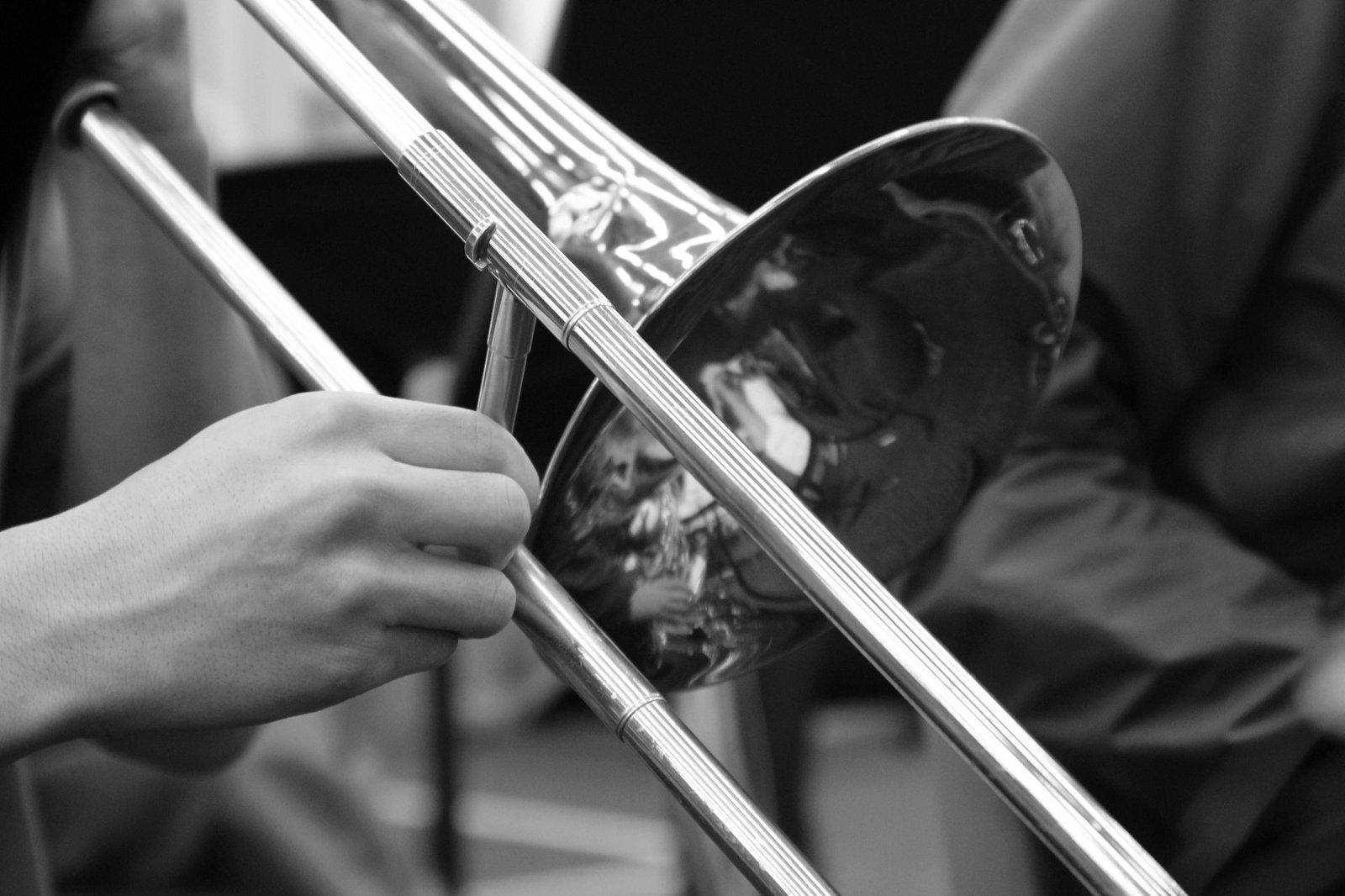Once upon a time, DAWs were unheard of, and making music was a slow, meticulous task. Back then, musicians and producers were dependent on old-style, hardware-based recording tools – think tape machines and mixing desks. Meticulous handcrafting was needed to edit or alter recorded audio – often literally cutting and reordering tape. This method wasn’t just incredibly slow – it also kept the doors of invention and flexibility shut tight.
The Birth of the First DAW
Soundstream, developed in 1977 by Thomas Stockham and his company, was the first Digital Audio Workstation or DAW. It was groundbreaking. Soundstream recorded audio data using a computer and could change that data. It’s different from today’s DAWs, but Soundstream started digital music production.
Soundstream made recording and tweaking audio digitally possible, which was a revolutionary idea. Still, it was a hard and costly setup mostly used in expert music labs. The broad music scene didn’t see DAW tech start to grow and be widely available until the 1980s.
The Rise of MIDI and Desktop DAWs
The music industry witnessed a total game changer in the early 1980s: The inception of the Musical Instrument Digital Interface, simply known as MIDI. This groundbreaking standard let electronic instruments, computers, and various gadgets speak the same language and stay in harmony. Thanks to MIDI, Desktop DAWs came into being.
The Steinberg Pro-16 was one of the first desktop DAWs and came out in 1984. It was a MIDI sequencer. Musicians could use this to write and change MIDI data on their personal computers. This changed how music was made. It made it so people didn’t need pricey equipment. More people could make music because of this.
During the 80s and 90s, some key digital audio workstations (DAWs) like Cubase, Logic, and Pro Tools popped up. These software programs got better and easier as they moved forward. They gave musicians and producers tons of tools. They all helped to spark creativity.
The Modern Era of DAWs
The jump in technology also leaped up DAWs’ abilities. The 2000s welcomed enhanced and robust DAWs like Ableton Live, FL Studio, and Reason. They served not just for improved sound recording and editing but also carried digital instruments, effects, and plugins.
These days, Digital Audio Workstations (DAWs) are indispensable in making music. They give musicians a whole recording studio packed into one program. This allows music-making processes like recording, editing, mixing, and mastering to happen in one spot. Plus, DAWs are also easier on the pocket now. There are many cost-free and low-priced options that are perfect for novices and those who enjoy making music as a hobby.





